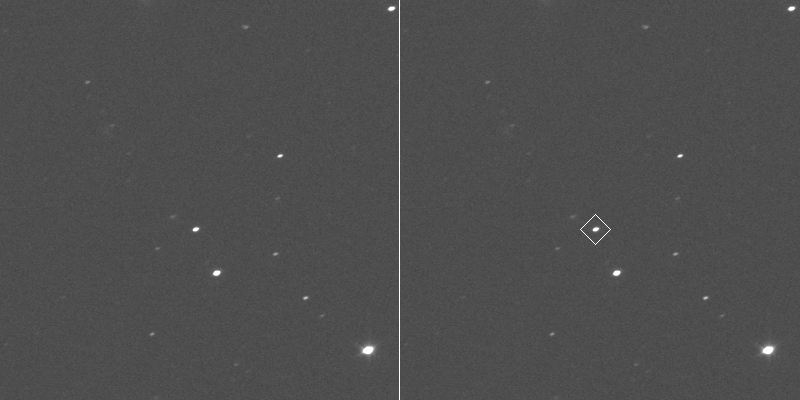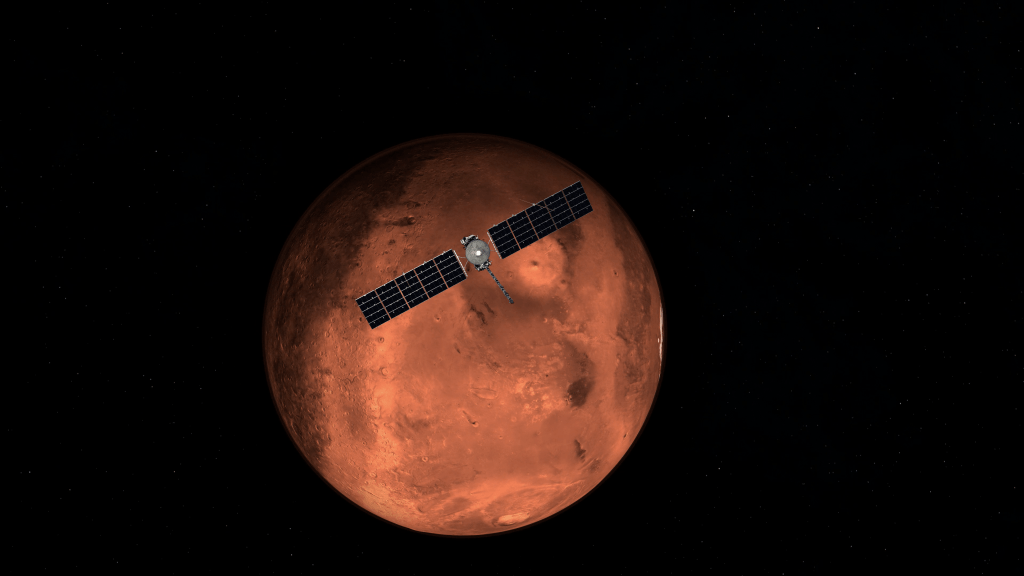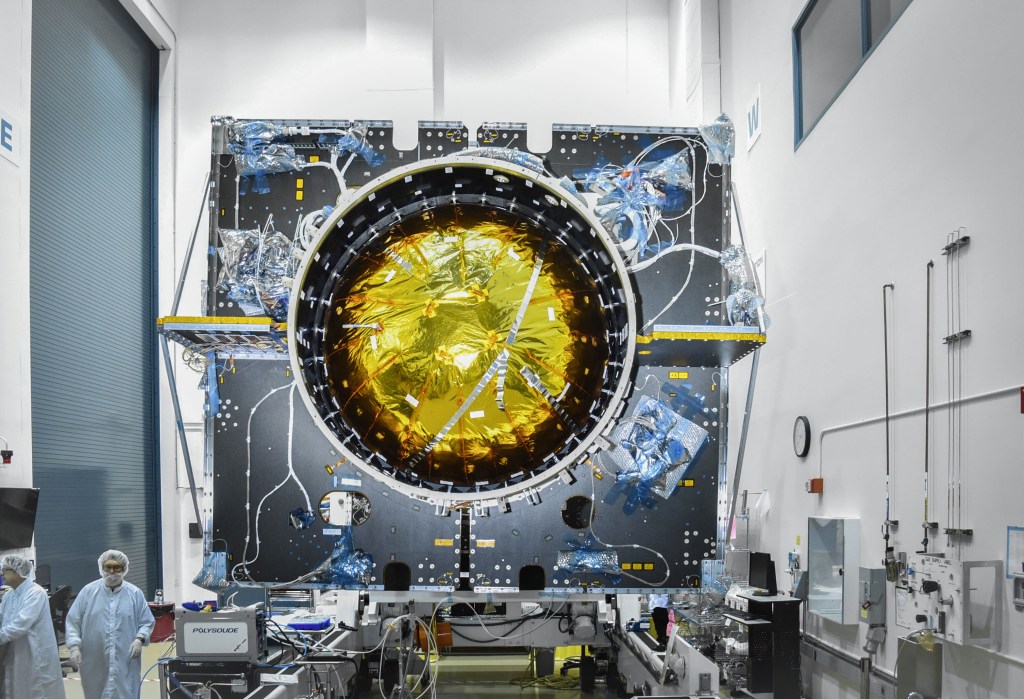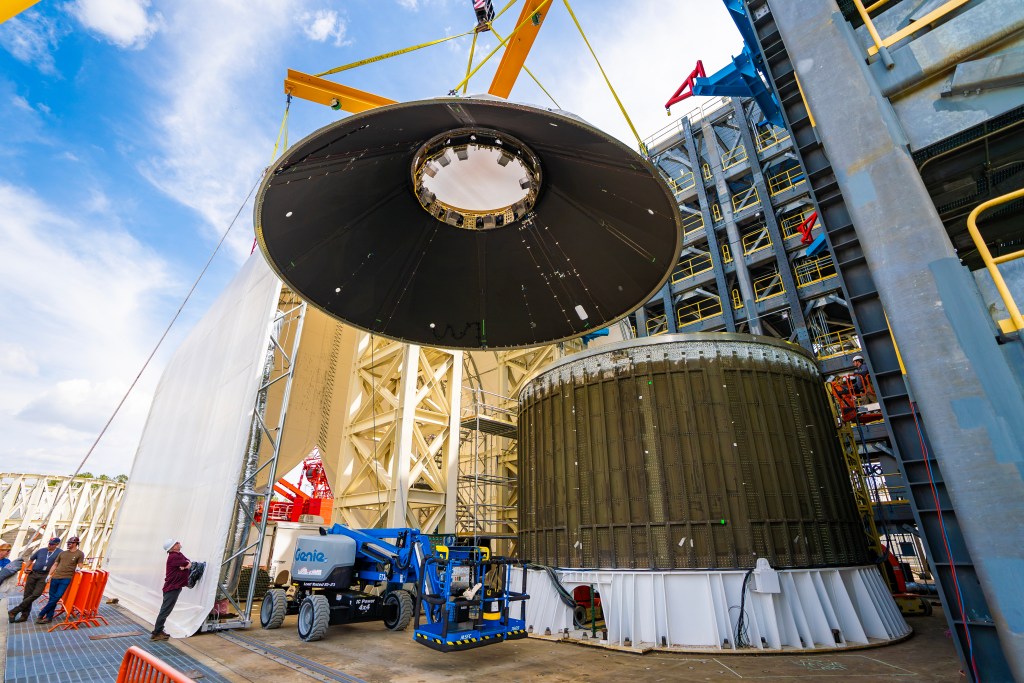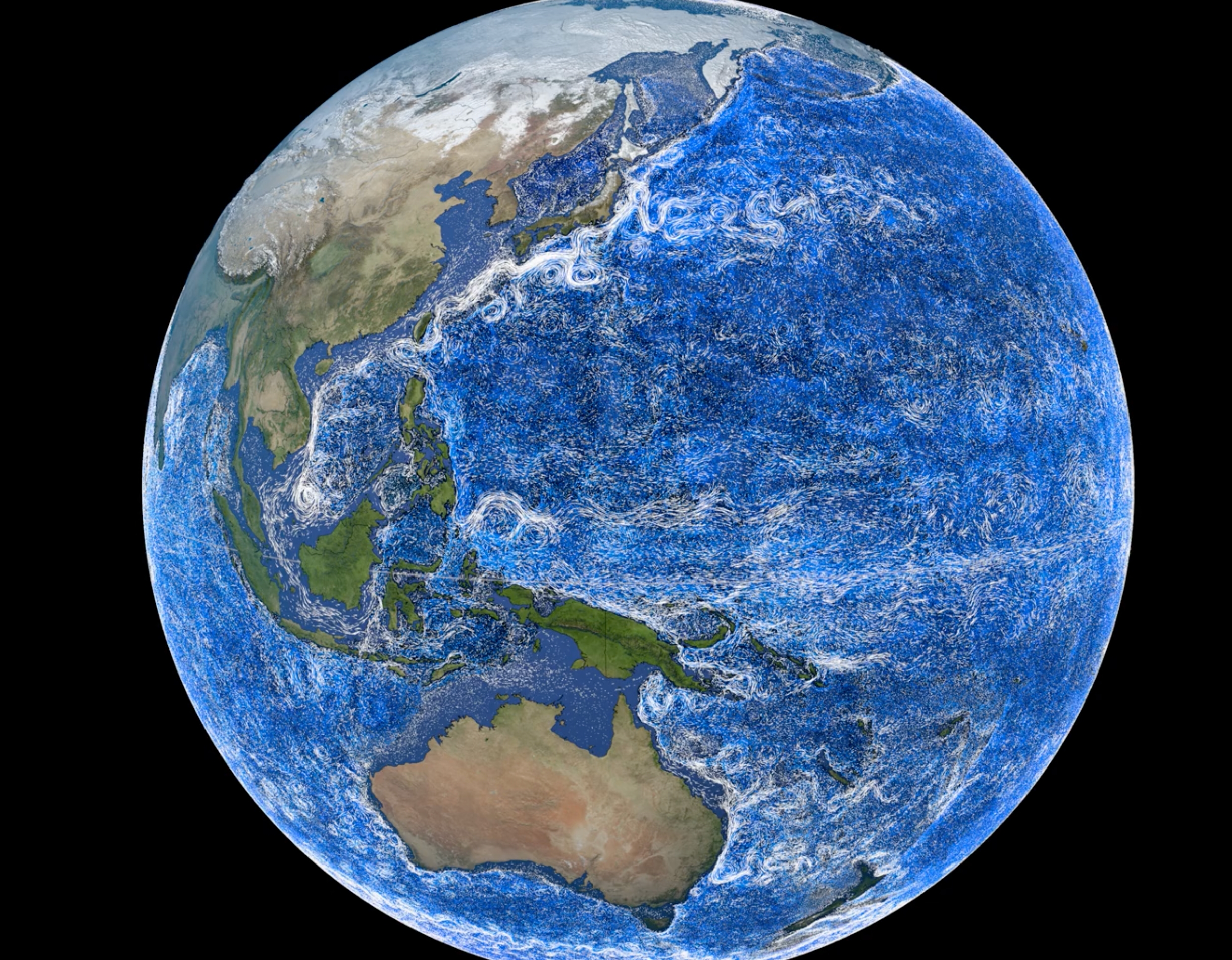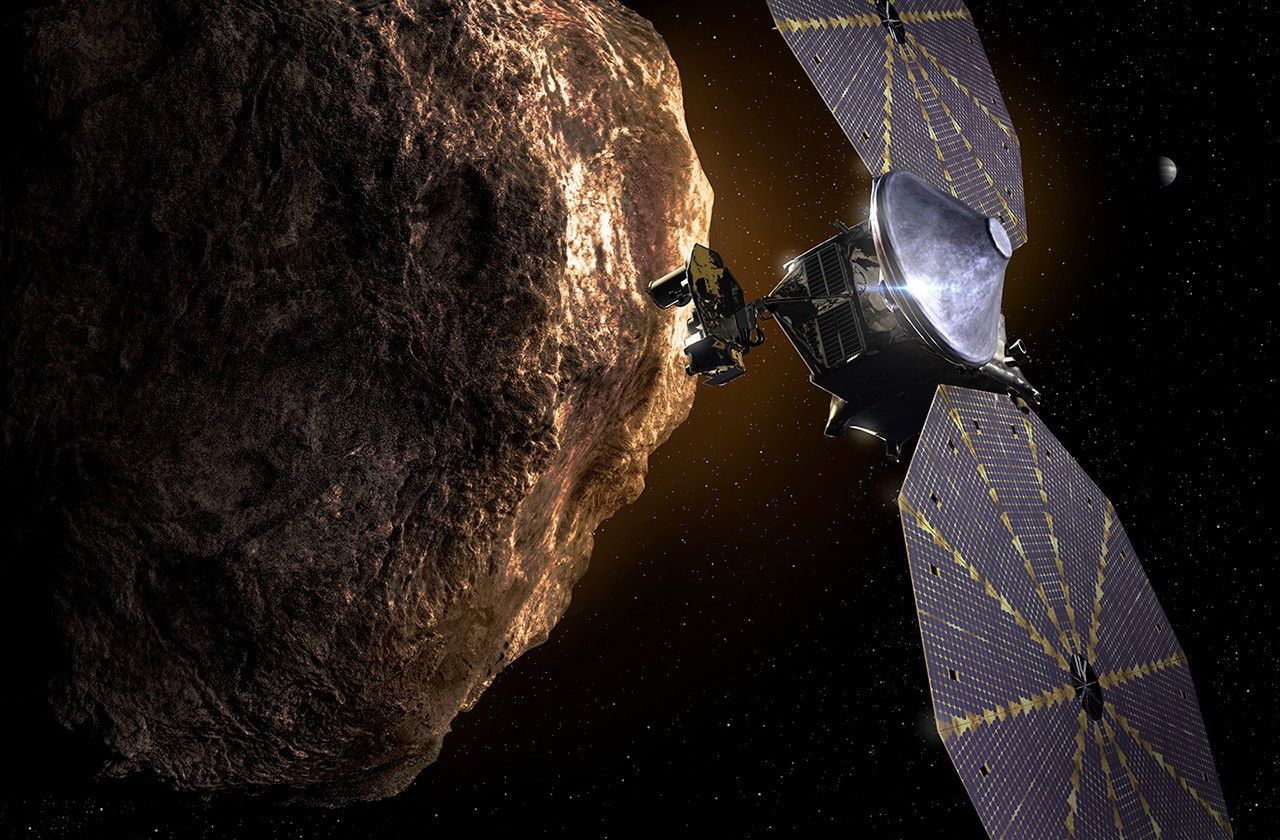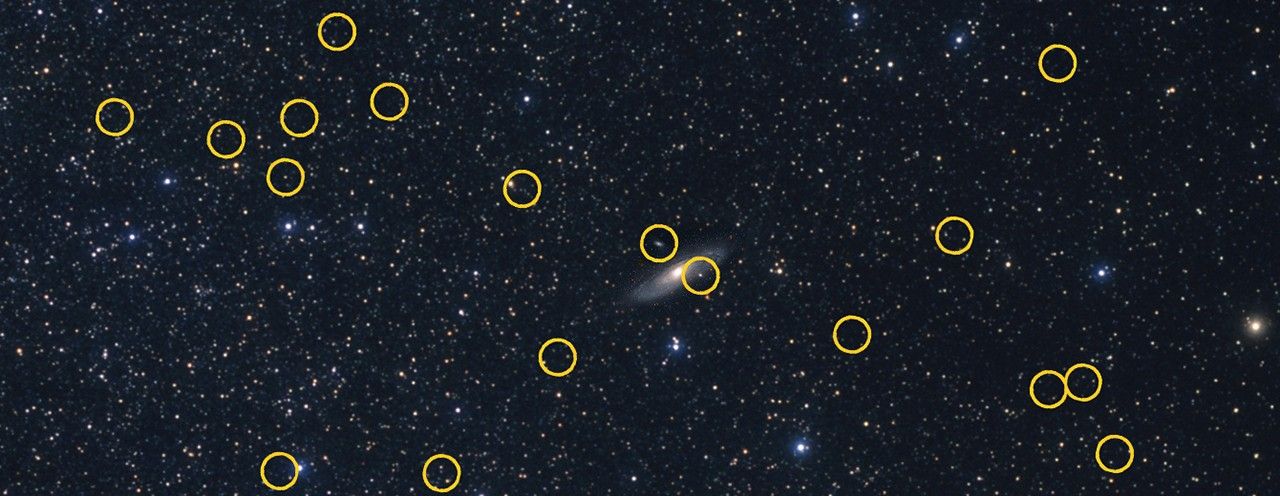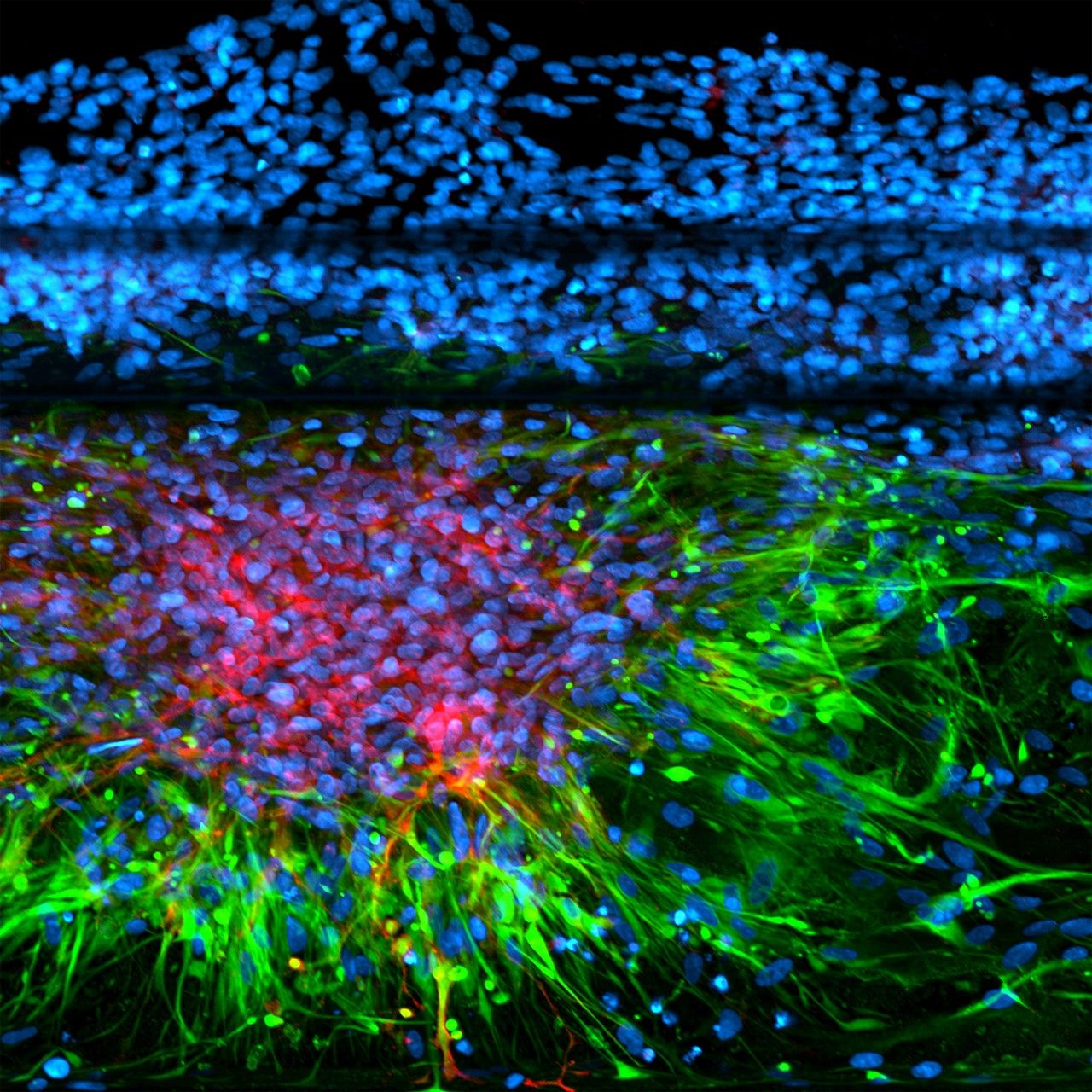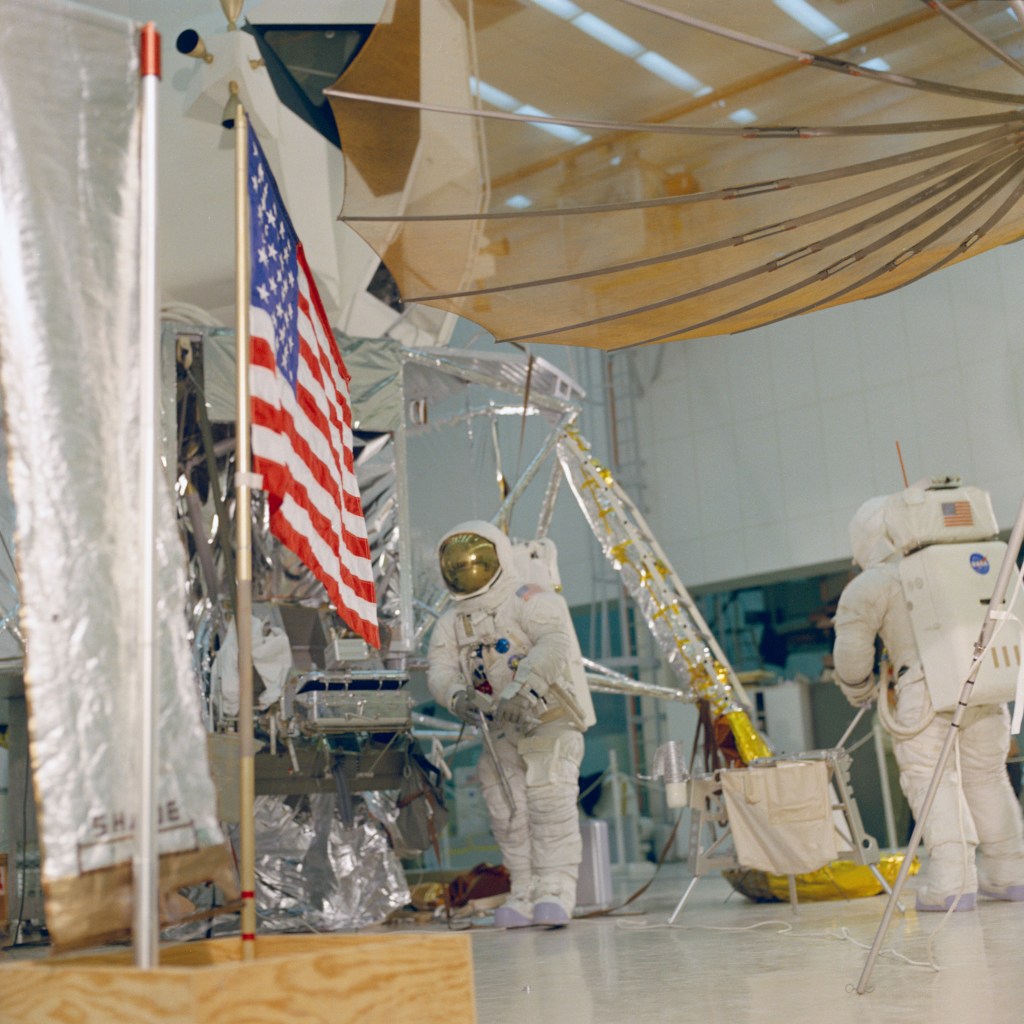Mapping Earth’s Magnetotail
January 26, 2015
Mapping Earth's Magnetotail
By David Gary Sibeck
Like a windsock near a breezy airport runway, Earth’s magnetotail flaps back and forth in the gusty solar wind. Results from recent simulations help us understand how, and how quickly, the magnetotail responds to these solar wind variations, thereby resolving longstanding controversies and providing important clues to the nature of the solar wind-magnetosphere interaction. New models show that the newly reconnected field lines are laid down in place in the tail, with no subsequent realignment. This leads to a much quicker event than previously thought.
Earth’s magnetic field carves out a cavity, known as the magnetosphere, in the oncoming supersonic solar wind plasma. The solar wind-magnetosphere interaction stretches Earth’s magnetic field lines within this cavity into a long magnetotail extending many thousands of miles away from Earth in the anti-sunward direction. Theory indicates that the size, shape, structure and length of the magnetotail should depend upon solar wind conditions. Such conditions include both the solar wind plasma pressure and the geometry of its magnetic fields, namely the direction of the interplanetary magnetic field, or IMF. In particular, theory predicts that the forces applied by the IMF to the magnetotail should generally elongate the cross-section of the magnetotail in the east/west direction and flatten it in the north/south direction. However, models based on observations have yielded contradictory results: Previous studies using extensive but isolated ISEE-3 and Geotail spacecraft data included circular north/south, and east/west elongated cross-sections.
To resolve disputes concerning the nature of Earth’s distant magnetotail, we ran the University of Michigan’s BATS-R-US global magnetohydrodynamic model for the interaction of the solar wind with Earth’s magnetosphere at Goddard Space Flight Center’s Community Coordinated Modeling Center. We ran the simulation with enhanced spatial and temporal resolutions at lunar distances and examined the magnetotail's response to abrupt variations in the IMF orientation. Within 15-20 minutes of a change in the IMF orientation, the magnetotail flattened in precisely the manner predicted by theory.
If so, why did previous research come to such different conclusions? The answer may lie in the different magnetotail identification criteria employed. The model predicts very gradual transitions in plasma and magnetic field parameters at the eastern and western edges of the magnetotail, but sharp transitions at the northern and southern edges. Consequently, the east/west dimensions depend sensitively upon the criteria used for magnetotail identification: more liberal criteria result in greater extents (and east/west elongated extents), stricter criteria in lesser extents (and either circular or north/south elongate magnetotails).
In addition to resolving a longstanding question concerning the shape of the distant magnetotail, the study demonstrates that its response to solar wind variations is very rapid. Since squeezing the magnetotail into new configurations would take one or more hours, the 10-15 minute response must involve some other, faster, process. The results indicate that this process is magnetic reconnection at the dayside magnetopause. The solar wind flow sweeps newly reconnected interplanetary and magnetospheric magnetic field lines antisunward, and simply deposits them immediately in magnetotail locations that depend upon the IMF orientation. Consequently, future work on the size, shape, and structure of the magnetotail may also provide important clues as to the nature of reconnection far away, on the dayside magnetopause.
Citation:
Sibeck, D. G. and R.-Q. Lin, Size and shape of the distant magnetotail, J. Geophys. Res., 119, 1028-1043, 2014
NEED Animation
This movies shows how the cross-section of the magnetotail in the plane perpendicular to the sun-Earth line changes when the interplanetary magnetic field, or IMF, rotates from southward (downward arrows in the figure) to duskward (arrows pointing right in the figure). The large black circle shows the location of the bow shock. Areas colored red show regions where magnetic fields are connected to Earth and point sunward and toward Earth. Areas colored blue show regions where magnetic fields are connected to Earth and point anti-sunward and away from Earth.
The changes begin around one hour into the movie, when the IMF rotates from northward to duskward, causing the north/south dimension of the magnetotail to decrease and the east/west dimension to increase.

